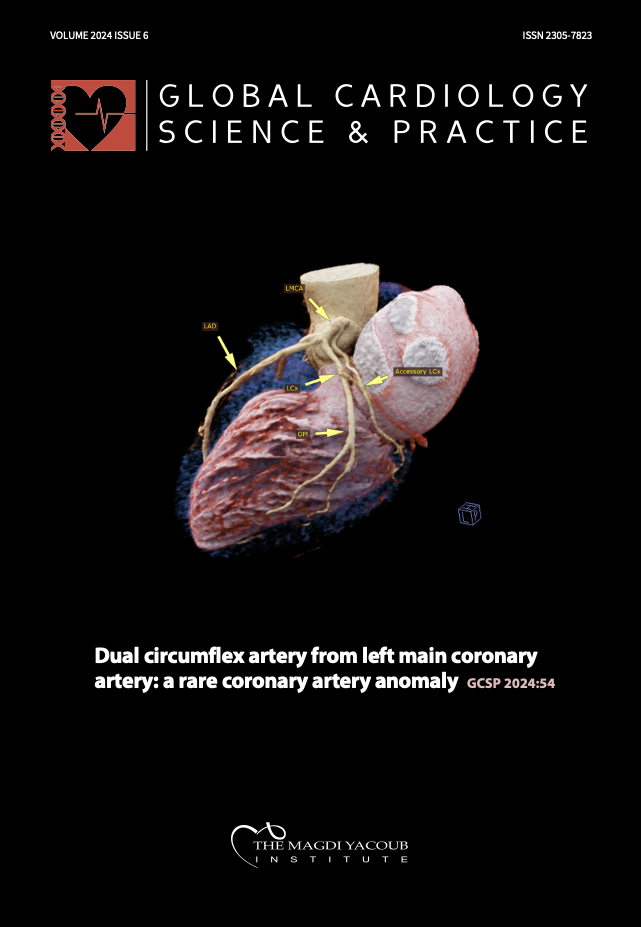Early detection of amniotic fluid embolism leading to extracorporeal membrane oxygenation prior to cardiac arrest
DOI:
https://doi.org/10.21542/gcsp.2024.51Abstract
Amniotic fluid embolism is a life-threatening peripartum condition with high morbidity and mortality rates. It is defined as the passage of fetal material into the maternal circulation which elicits a multisystem reaction that can lead to disseminated intravascular coagulopathy and severe hemodynamic instability. Despite established diagnostic criteria for amniotic fluid embolism, its identification relies heavily on clinical judgment, and early diagnosis is key to patient survival. In several cases, early utilization of extracorporeal membrane oxygenation support has provided a salvage approach to correct cardiopulmonary collapse. Herein, we present a case of successful application of venoarterial extracorporeal membrane oxygenation in a 29-year-old woman who experienced refractory respiratory distress and hemodynamic instability secondary to amniotic fluid embolism following vaginal delivery. Improving diagnostic protocols and optimizing the utilization of extracorporeal membrane oxygenation is essential to improve outcomes in this high-risk obstetric emergency.
Downloads
Published
Issue
Section
License
Copyright (c) 2024 Enad Haddad, Hamza Muhammadzai, Shayan Khan, Angad Bedi, Rajeshkumar Patel

This work is licensed under a Creative Commons Attribution 4.0 International License.
This is an open access article distributed under the terms of the Creative Commons Attribution license CC BY 4.0, which permits unrestricted use, distribution and reproduction in any medium, provided the original work is properly cited.


